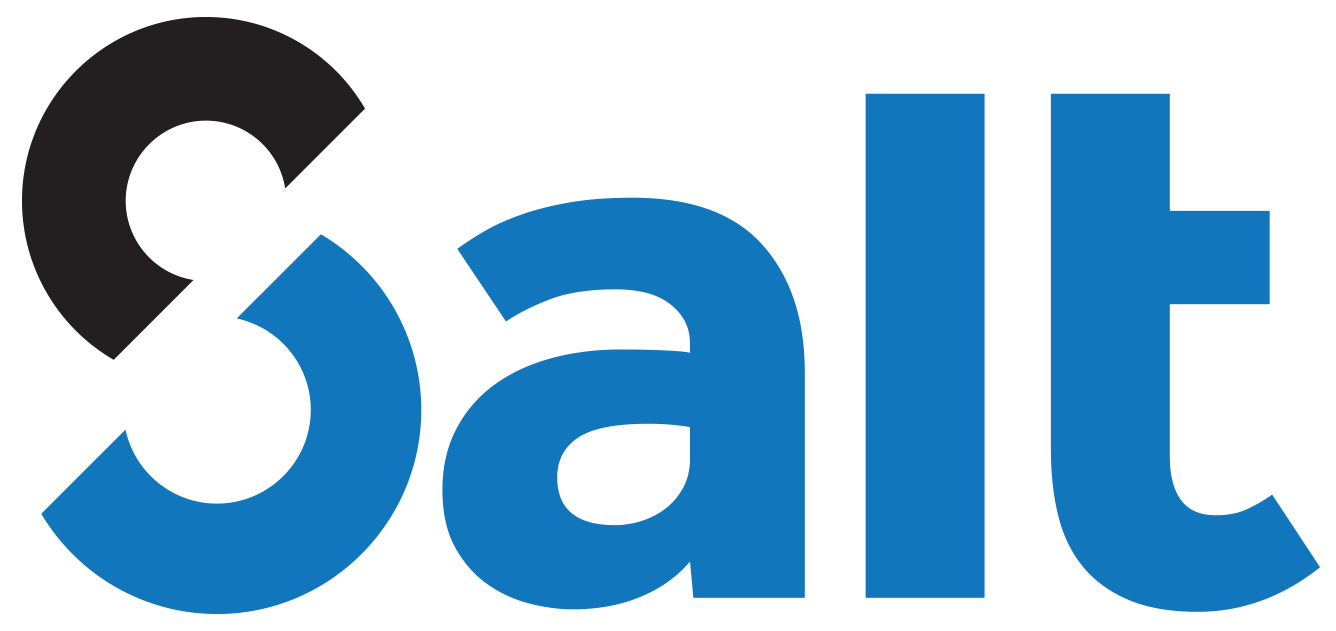23rd International Conference on Enterprise Information Systems (ICEIS 2021)
CONFERENCE AREAS
1 . Databases and Information Systems Integration
2 . Artificial Intelligence and Decision Support Systems
3 . Information Systems Analysis and Specification
4 . Software Agents and Internet Computing
5 . Human-Computer Interaction
6 . Enterprise Architecture
Conference
Regular Papers
Authors Notification: February 5, 2021
Camera Ready and Registration: February 22, 2021
Guidelines
Submission Guidelines
Authors should submit a paper in English, carefully checked for correct grammar and spelling, addressing one or several of the conference areas or topics.
Each paper should clearly indicate the nature of its technical/scientific contribution, and the problems, domains or environments to which it is applicable. To facilitate the double-blind paper evaluation method, authors are kindly requested to produce and provide the paper WITHOUT any reference to any of the authors, including the authors’ personal details, the acknowledgements section of the paper and any other reference that may disclose the authors’ identity.
Only original papers should be submitted. Authors are advised to read INSTICC’s ethical norms regarding plagiarism and self-plagiarism thoroughly before submitting and must make sure that their submissions do not substantially overlap work which has been published elsewhere or simultaneously submitted to a journal or another conference with proceedings. Papers that contain any form of plagiarism will be rejected without reviews.
All papers must be submitted through the online submission platform PRIMORIS and should follow the instructions and templates provided in the documents here, which are also the templates for the camera-ready submission. After the paper submission has been successfully completed, authors will receive an automatic confirmation e-mail.
Reviewing Process
All reviews are based on submissions of full papers (not abstracts) following a double-blind process. All papers are subject to plagiarism analysis using a software tool prior to review.
All regular papers are reviewed by at least two reviewers, but usually by three or more, and rated considering their: Relevance, Originality, Technical Quality, Significance and Presentation;
The reviewers are also asked to answer a group of questions that may help the authors to improve the paper, should it be accepted, namely: Abstract and Introduction are adequate?, Needs more experimental results?, Needs comparative evaluation?, Improve critical discussion?, Figures are Adequate?, Conclusions/Future Work are convincing?, References are up-to-date and appropriate?, Paper formatting needs adjustment?, Improve English?
Finally, the reviewers can provide some free text observations which was given to the authors and also some free text private observations, made available only to the program chair. Conflicting reviews may require assignment of a new reviewer. In the end the program chairs decide. The author has a period for rebuttal, which triggers a workflow involving the chairs and the reviewers if necessary. All rebuttals are answered but decisions are final.
Position papers follow a similar process but the criteria used for classification are slightly different in order to account for the nature of these papers, i.e. speculative ideas and/or ongoing work not yet fully validated.
Conference Paper Formats, including Special Sessions and Workshops
Authors can submit their work in the form of a Regular Paper, representing completed and validated research, or as a Position Paper, portraying work in progress or an arguable opinion about an issue.
Submission: It is recommended that Regular Papers are submitted for review with around 8 to 10 pages, with the appropriate font size and page format, including references, tables, graphs, images and appendices. Submissions with less than 4 pages or more than 13 pages will be automatically rejected.
Acceptance: After a double-blind peer review, qualifying Regular Papers may be accepted as either Full Papers or Short Papers.
Presentation: Regular Papers classified as Full Papers are awarded a 25’ minutes slot for an oral presentation at the conference. Regular Papers classified as Short Papers are given either a 20’ minutes slot for an oral presentation or assigned to present at a Poster Session. Authors who have been assigned an oral presentation, either Full or Short, may however also choose to present at a Poster Session instead, should they prefer it.
Publication: Regular Papers classified as Full Papers will be assigned a 12-page limit in the Conference Proceedings, while Regular Papers classified as Short Papers have an 8-page limit. If absolutely necessary, authors may increase the total number of pages by a maximum of 4 extra pages, for an additional fee. The total number of pages to consider is the number obtained after the paper has been correctly formatted according to the appropriate template. The Conference Proceedings will be published under an ISBN number by SCITEPRESS and include final versions of all accepted papers, adjusted to satisfy reviewers’ recommendations. They will be obtainable on paper and digital support, and made available for online consultation at the SCITEPRESS Digital Library. Online publication is exclusive to papers which have been both published and presented at the event.
Indexation: The proceedings will be submitted to Thomson Reuters Conference Proceedings Citation Index (CPCI/ISI), DBLP, EI (Elsevier Engineering Village Index), Scopus, Google Scholar, Semantic Scholar, and Microsoft Academic for indexation.

